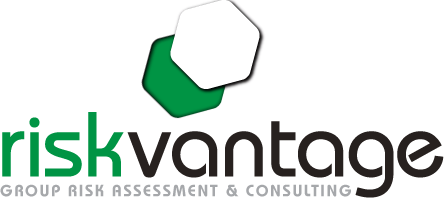RiskVantage is willing to work directly with employers or in conjunction with existing brokers on a consulting basis.
For insured groups, RiskVantage can negotiate renewals with carriers for employers who do not have a broker or wish to have another independent review. RiskVantage can explore alternate funding options including self-funding, captives, trusts, consortiums and other funding options for employers.
When considering these funding options it is imperative that the employer understands their unique risk profile to ensure a good fit. The RiskVantage Algorithm can be an important tool to understand the risk. RiskVantage will spend time to get to know your group. Typically, it takes about 1 to 1 ½ hours to collect pertinent facts from the employer. This interview can be conducted in person or via phone at your convenience. Commonly, a human resource manager or financial officer readily answer all the questions. Additionally, RiskVantage will request an enhanced census that contains some additional data elements not normally included in the census routinely provided to carriers but can be completed with little difficulty.
The algorithm measures the risk profile using 42 different factors to understand the risk profile from a long term perspective.
The 42 attributes are classified into these six main categories of risk:
• Employer stability
• Employee composition
• Plan administration
• Employee benefits
• Approach to wellness
• Benefit utilization
An easy to understand report will be provided that benchmarks your risk profile with your peers in each of the six categories. RiskVantage will also provide recommendations of changes that you can make to mitigate risk.
For self-funded groups, RiskVantage can help maintain the plan by providing the following services:
1) Review plan designs to drive optimal member behavior.
2) Negotiate administrative fees.
3) Review TPA performance in terms of provider discounts, medical management and claims payment accuracy.
4) Determine proper stop loss levels and contract terms and negotiate stop loss rates.
5) Provide calculations needed such as premium equivalents and IBNR estimates.
6) Evaluate other potential funding options as alternatives such as captives.



